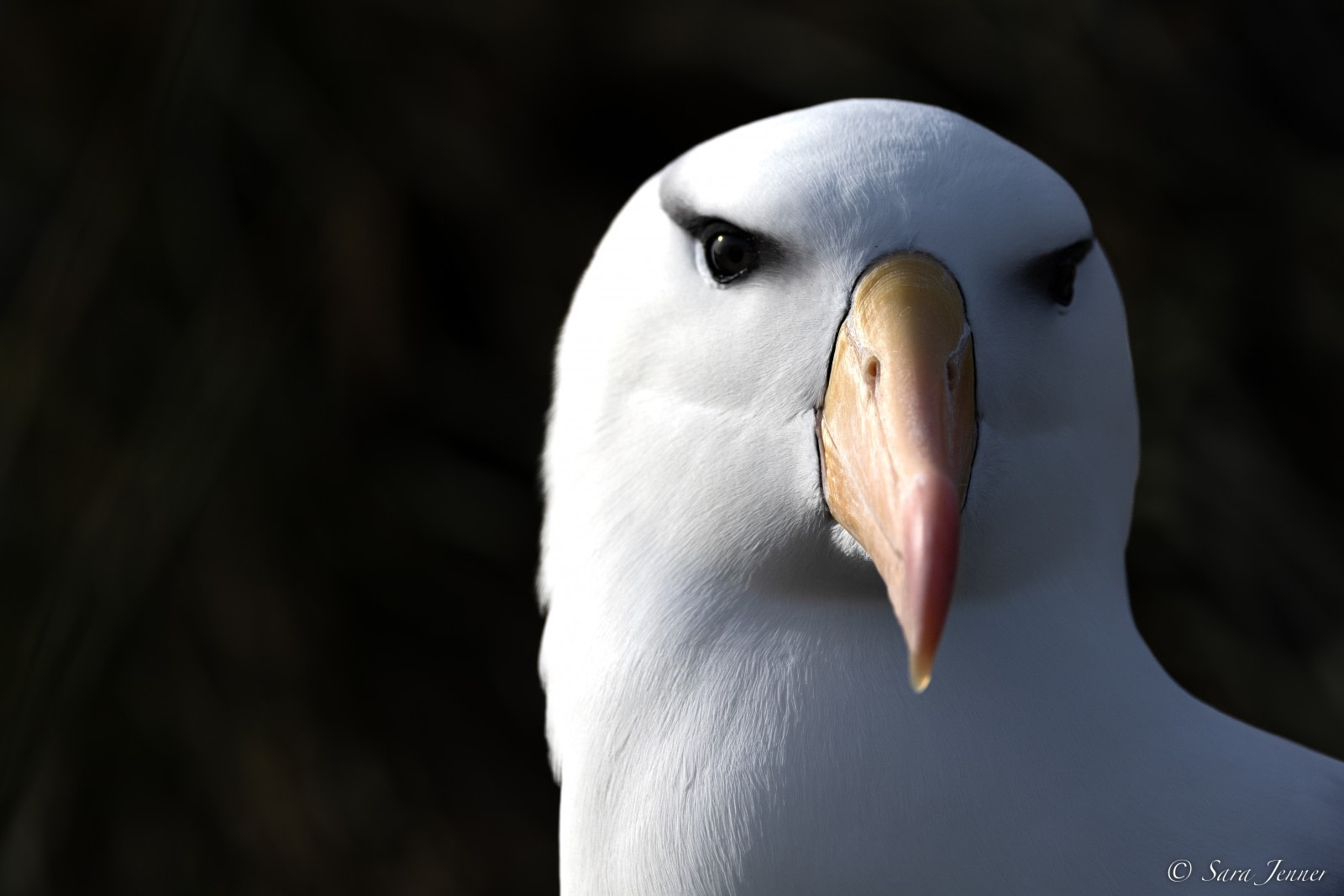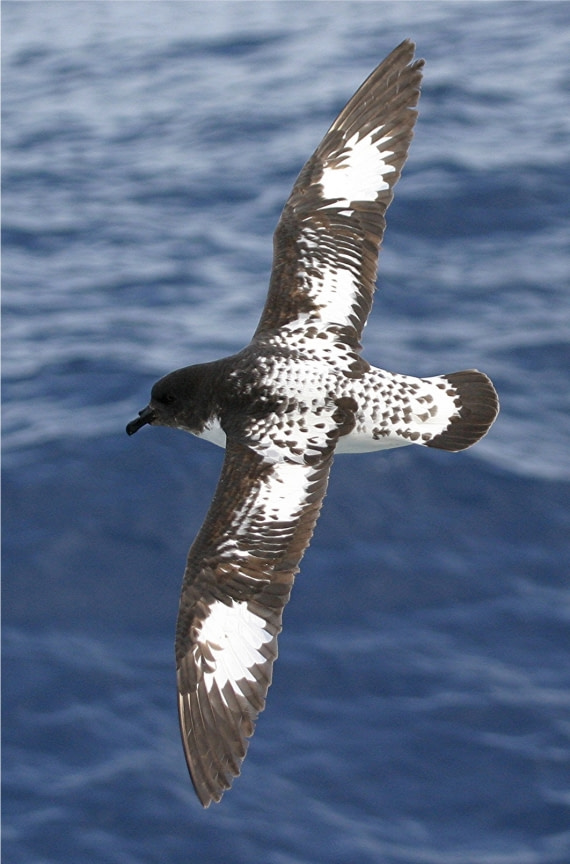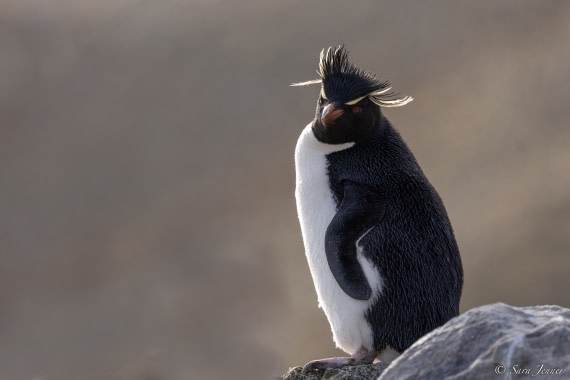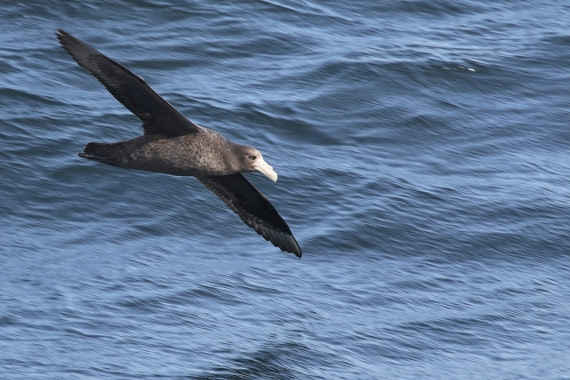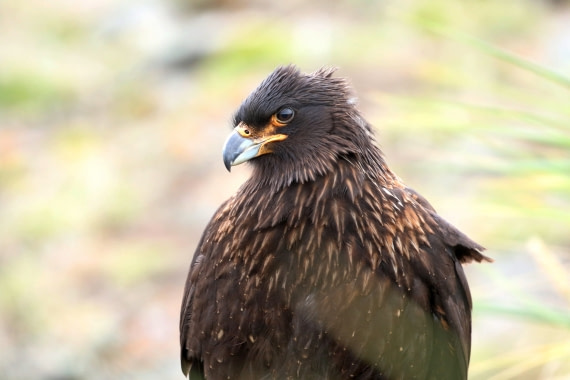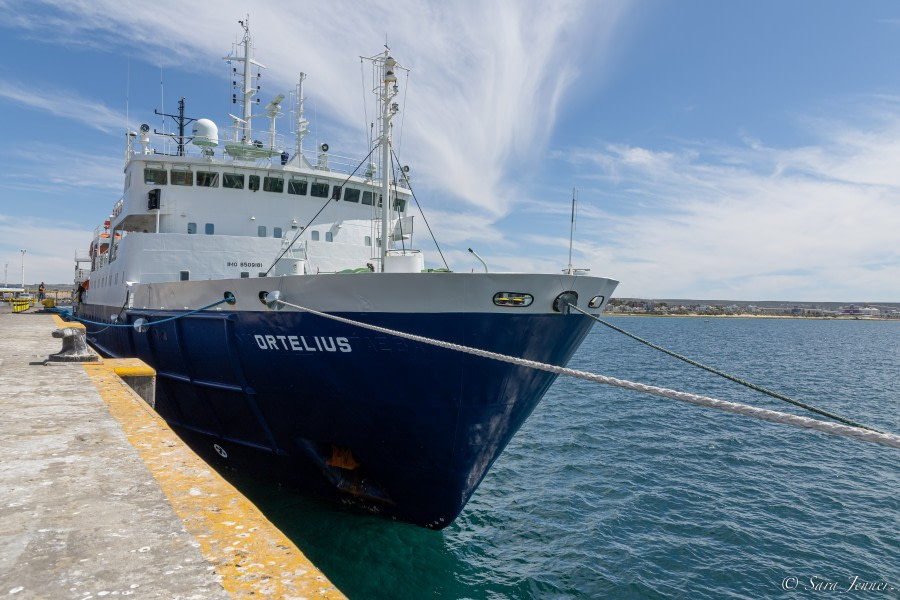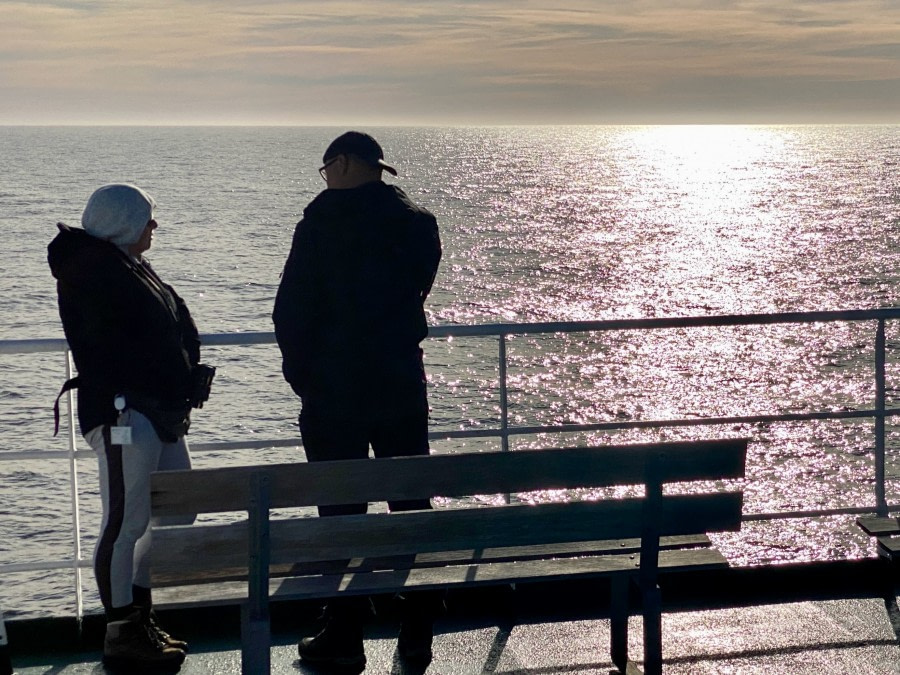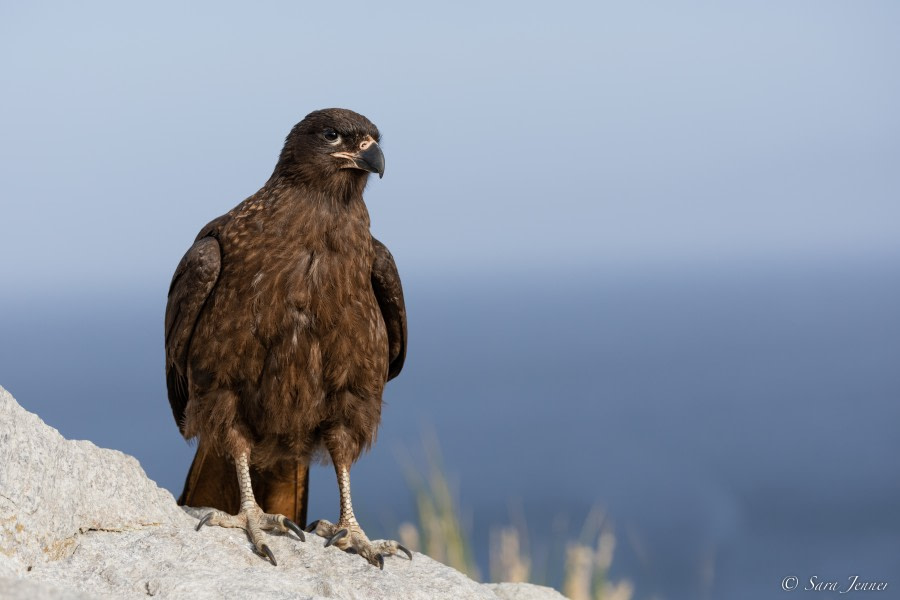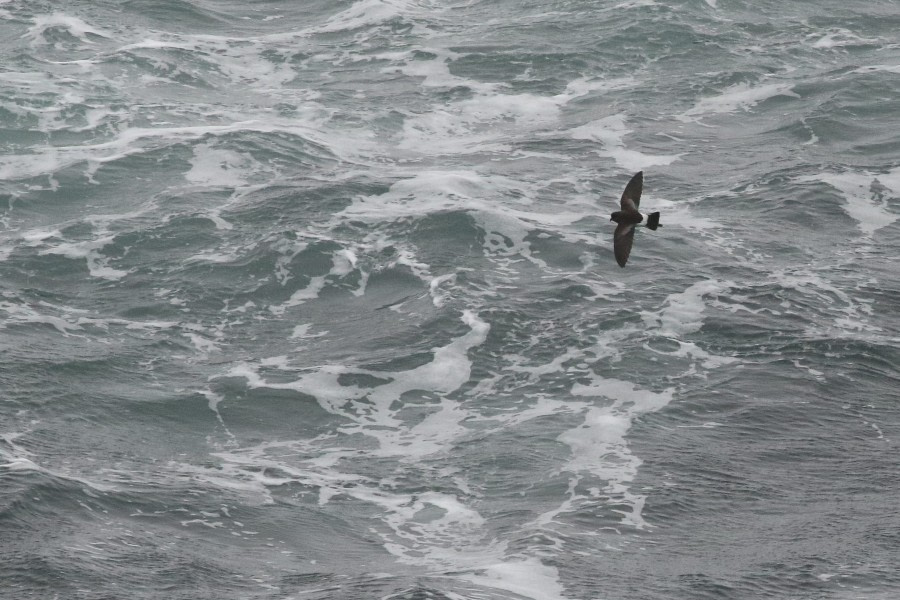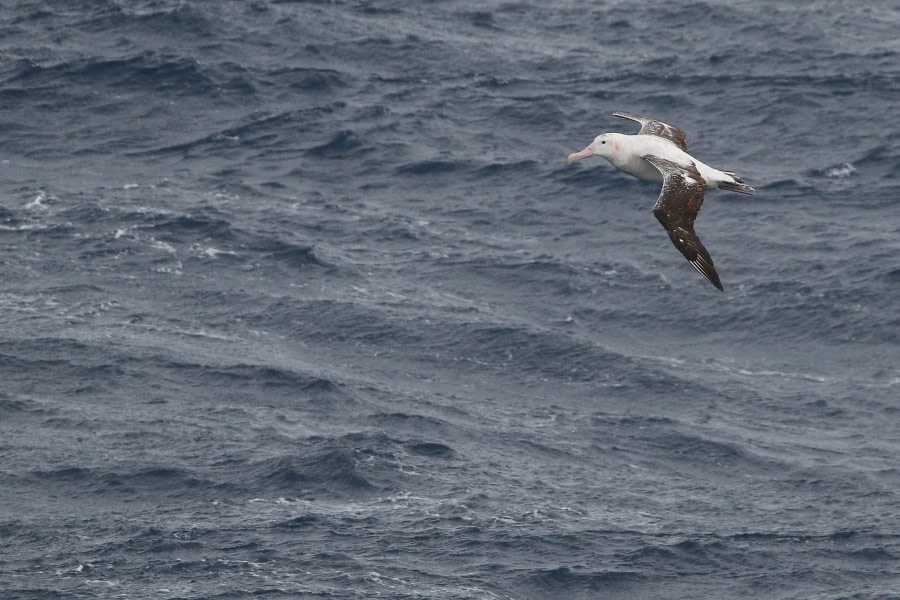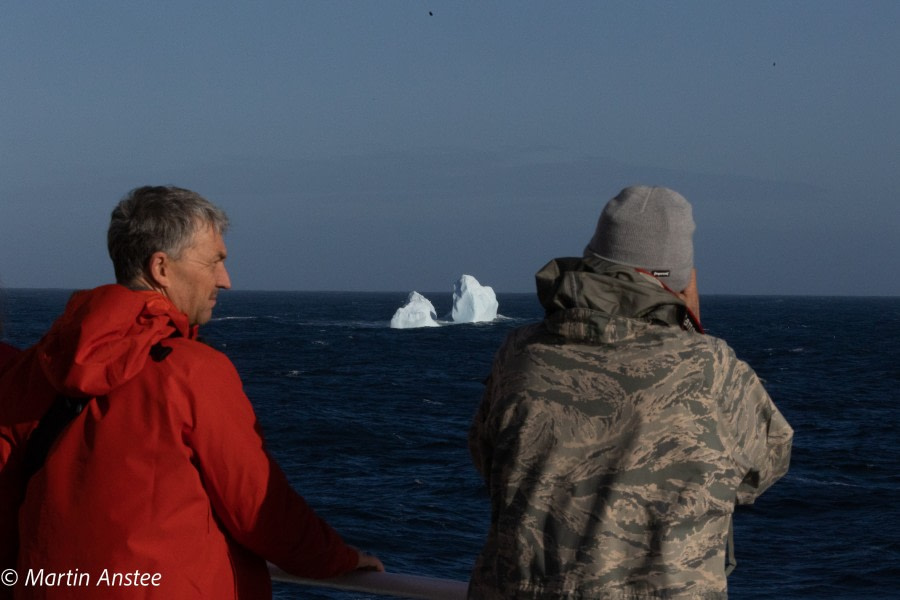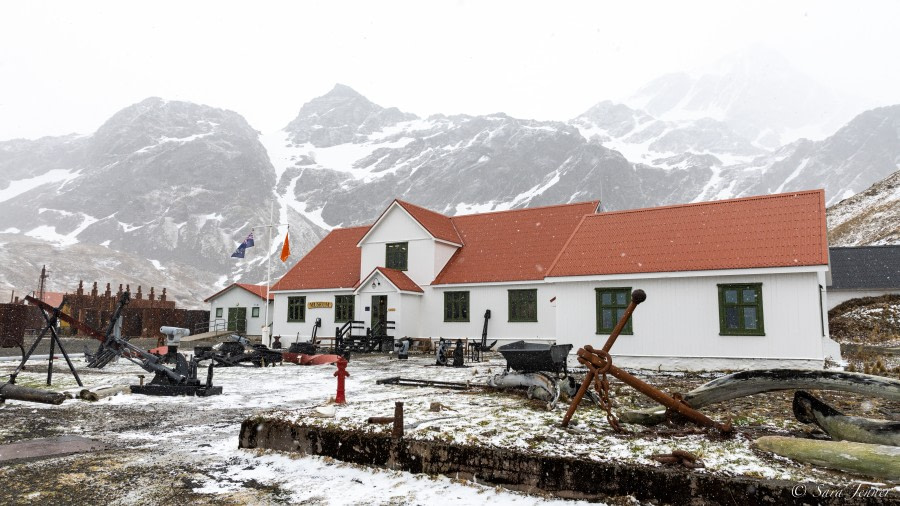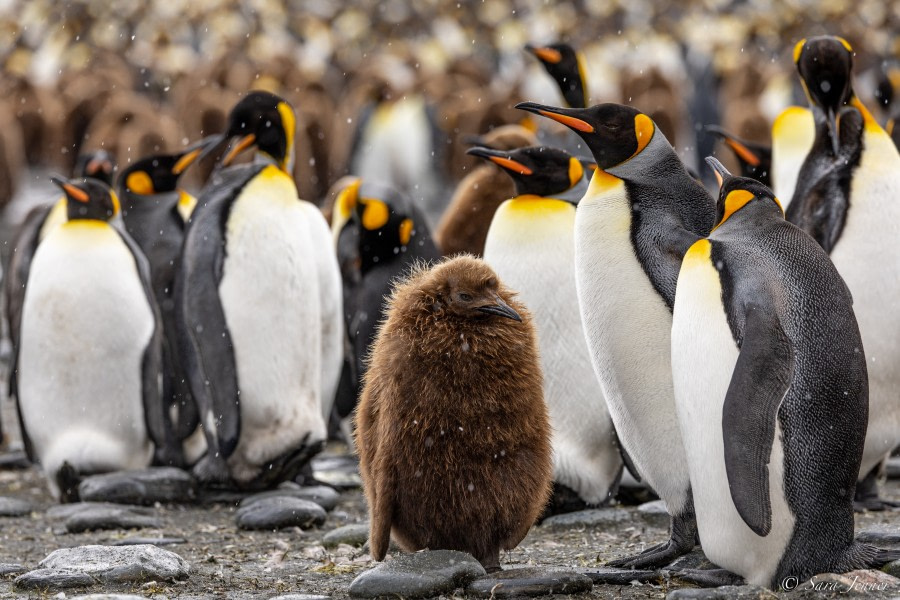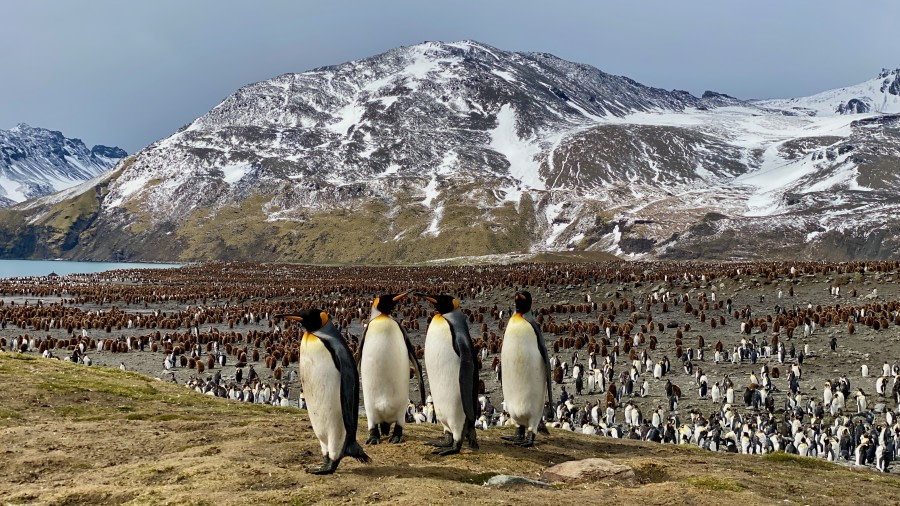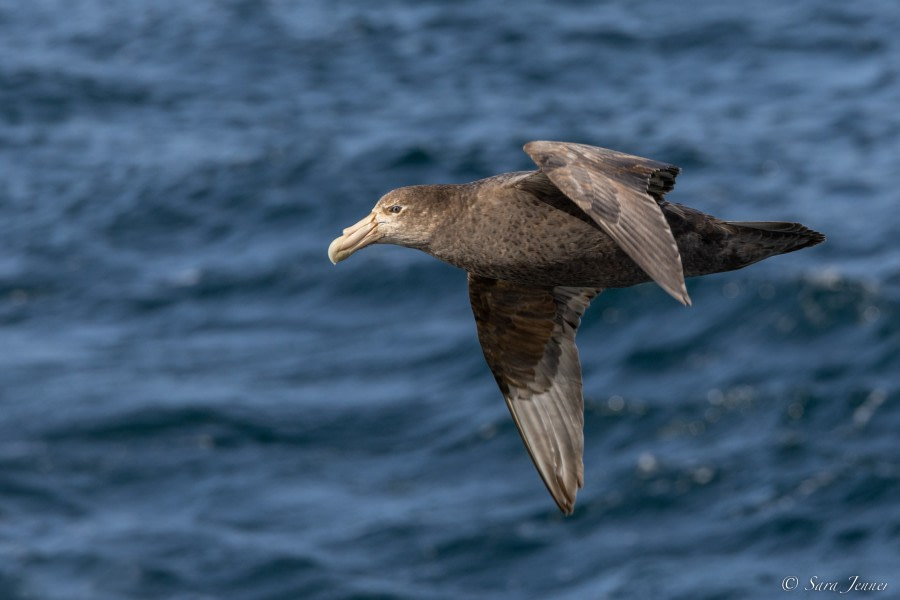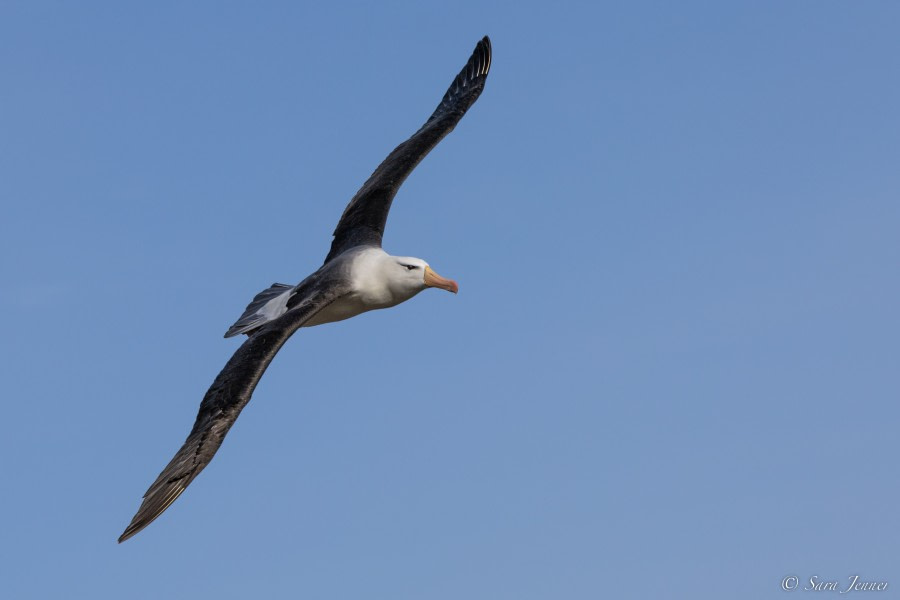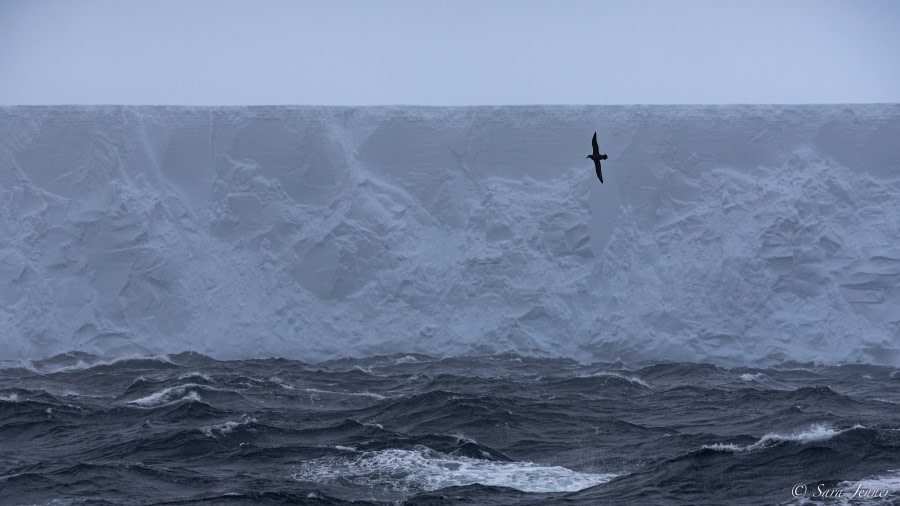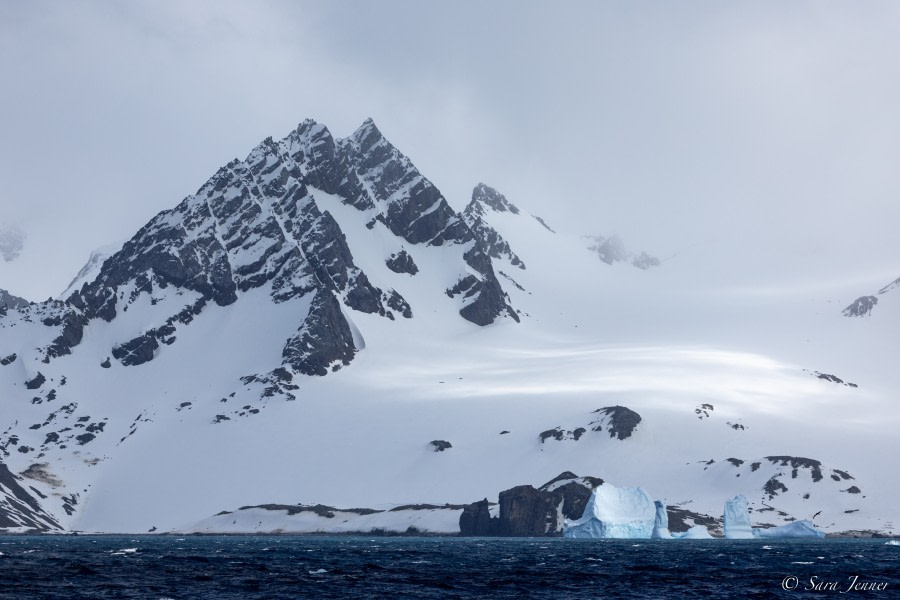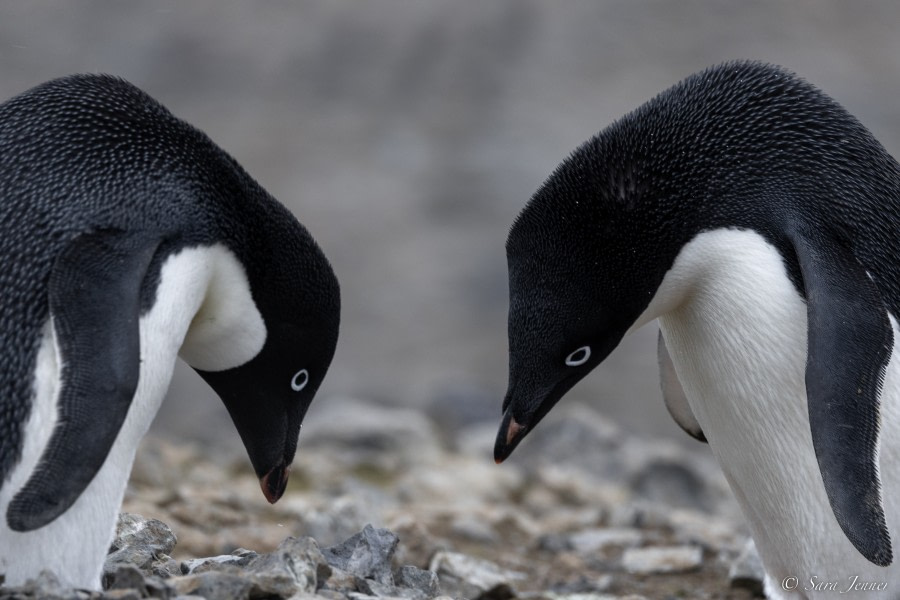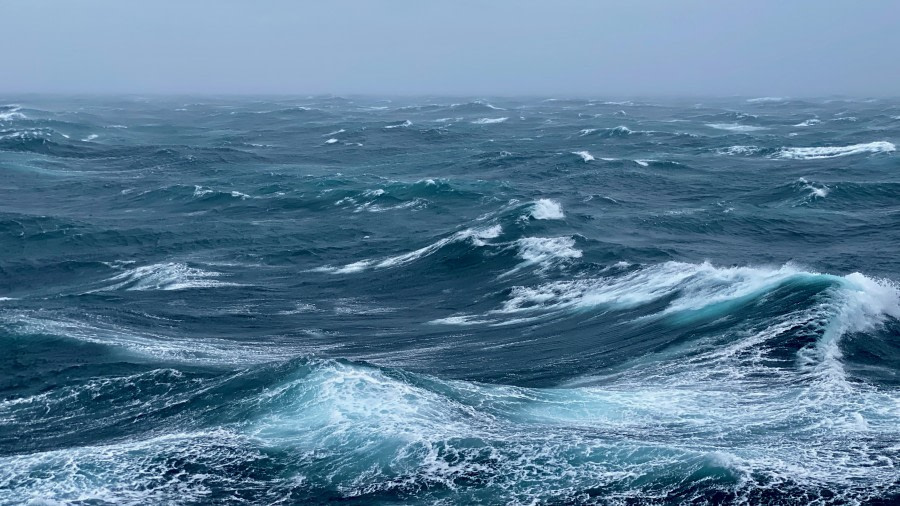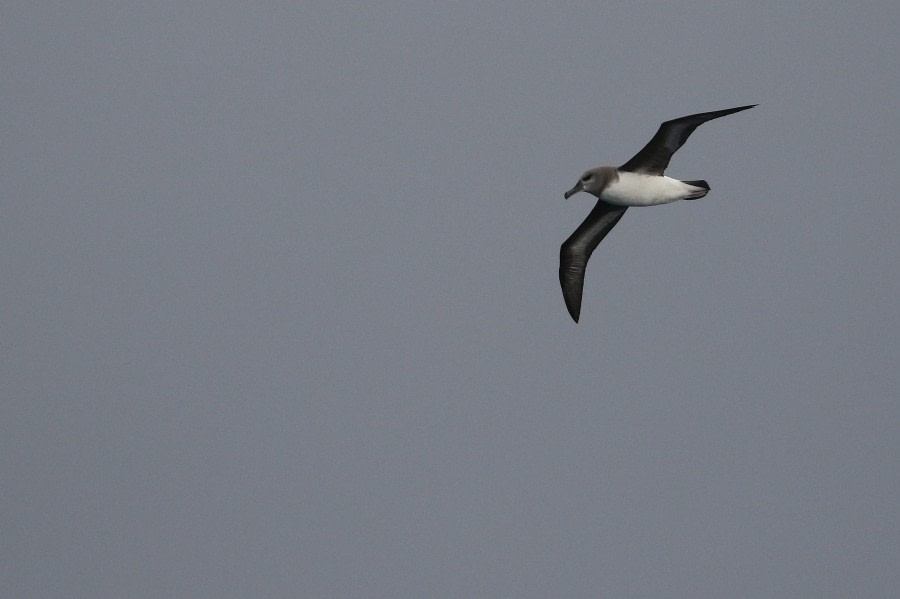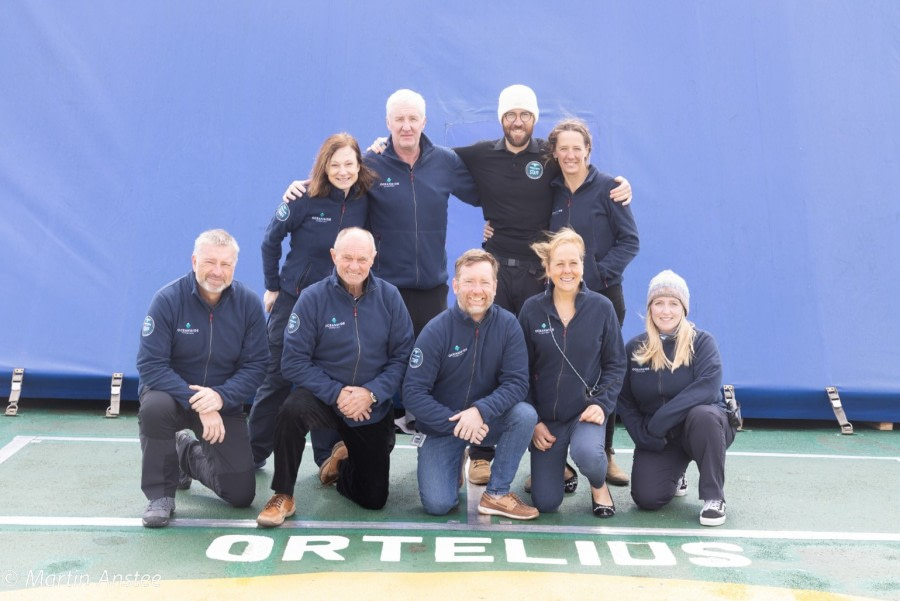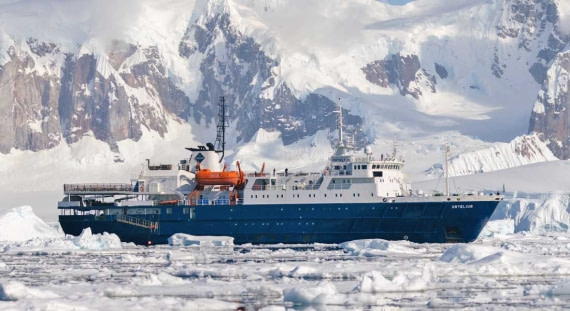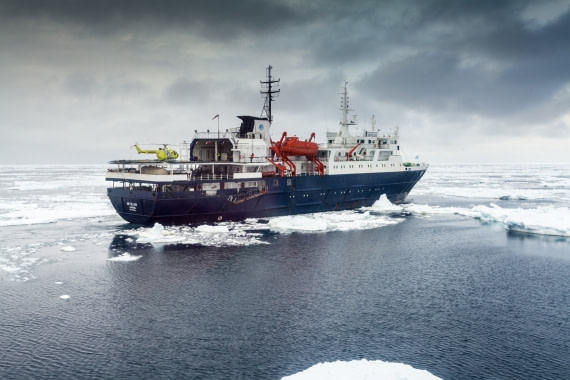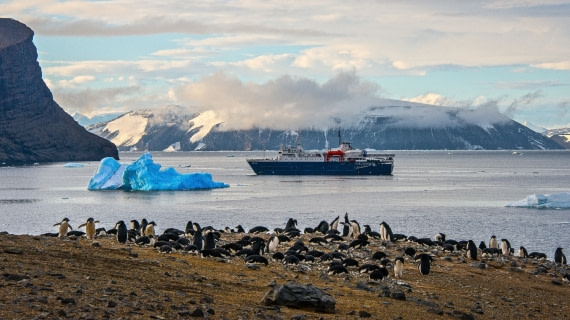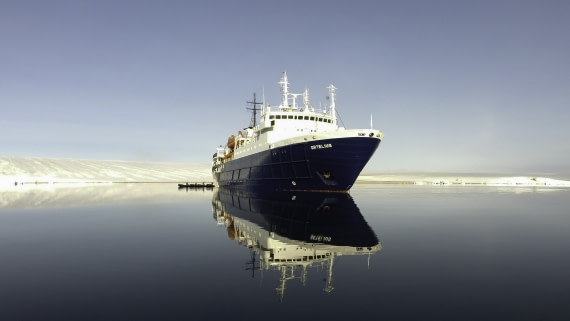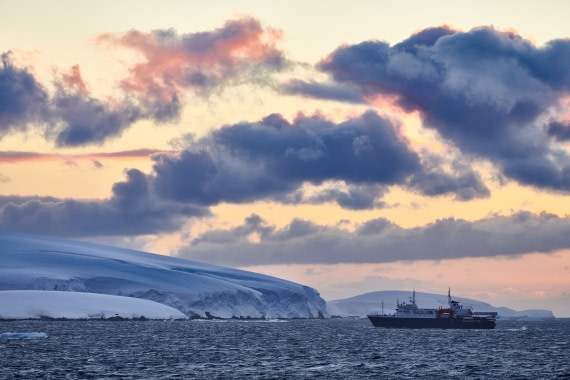| Datum: | 25.10.2022 |
| Position: | 42°45'.71 S - 065°01'.44 W |
| Wind: | ESE 1 |
| Wetter: | Sonnig, vereinzelte Wolken |
| Lufttemperatur: | +21 |
Unsere Gruppe kam im Laufe mehrerer Tage in Puerto Madryn an. Ein paar Frühankömmlinge sahen, wie unser Schiff, die Ortelius, am 23. nach einer langen Repositionierungsreise von ihrem Heimathafen Vlissingen in den Niederlanden eintraf. Am Tag der Einschiffung hatten die meisten bereits einen ersten Blick auf die Ortelius geworfen, die am Pier angelegt hatte. Alle hatten Zeit, Puerto Madryn in Ruhe zu erkunden, bevor sie an Bord des Schiffes gingen.
Die Einschiffung war für 16:00 Uhr angesetzt. Eine Handvoll eifriger Gäste traf schon vorher ein und genoss die Sonne, während sie das Leben am Hafen beobachteten. Sobald die Einschiffung begann, gab es einen stetigen Strom aufgeregter Ankömmlinge. Das Expeditionsteam war zur Stelle, um uns zu begrüßen und beim Scannen des Gepäcks durch die örtlichen Hafenbehörden zu helfen. Dann war es an der Zeit, die Gangway zu erklimmen und unser Zuhause für die nächsten drei Wochen zu betreten. Während die Besatzung und das Expeditionsteam das Gepäck zu den Kabinen brachten, machten wir uns mit unseren Pässen auf den Weg zur Rezeption, um bei Hotelmanager Stephen Bell und seinem Team einzuchecken. Dann war es an der Zeit, unsere Kabinen zu finden und uns einzurichten.
Der Hafenlotse von Puerto Madryn ging um 17:00 Uhr an Bord des Schiffes, und um 17:35 Uhr verließen wir den Hafen. Unser Abenteuer hatte begonnen! Viele von uns waren an Deck, um die Abfahrt zu erleben und zu sehen, wie Puerto Madryn langsam in unserem Kielwasser verschwindet. Der nächste Halt waren die Falklandinseln, zwei Segeltage entfernt.
So schön es an Deck auch war, es gab wichtige Dinge zu erledigen. Wir wurden in den Vortragssaal gerufen, wo der Expeditionsleiter Adam, der Hotelmanager Stephen und die Schiffsärztin Veronique wichtige Anweisungen gaben. Dann gab es eine obligatorische Sicherheits- und Rettungsbootübung, die vom Ersten Offizier geleitet wurde. Am Ende wurden wir angewiesen, in unsere Kabinen zurückzukehren, uns warm anzuziehen und auf das Ertönen des allgemeinen Notalarms zu warten. Sobald der Alarm ertönte, meldeten wir uns an unseren Sammelplätzen im Speisesaal oder in der Bar und wurden zu unseren jeweiligen Rettungsbootstationen gebracht. Nach der Übung blieben viele von uns an Deck, um einen Blick auf Seevögel und entfernte Walaktivitäten zu werfen.
Um 19:00 Uhr wurden wir in die Bar eingeladen, um einen Willkommensdrink an Bord zu genießen, bevor wir um 19:30 Uhr zum Abendessen aufbrachen. Bei unserer ersten Mahlzeit an Bord herrschte eine großartige Atmosphäre, die durch die Aussicht auf das, was vor uns lag, noch verstärkt wurde. Es war ein fantastisches Gefühl, endlich an Bord zu sein. Der Tag endete mit einem herrlichen Sonnenuntergang, als wir uns auf die Engstelle von Puerto Madryn und den offenen Südatlantik zubewegten. Wir waren im Begriff, in einen Breitengrad einzutreten, der als "Roaring Forties" bekannt ist. Wir hofften, dass sie uns wohlgesonnen sein würden!
